- عنوان کتاب: Musical Bodies, Musical Minds
- نویسنده: Dylan-van-der
- حوزه: موسیقی
- سال انتشار: 2022
- تعداد صفحه: 323
- زبان اصلی: انگلیسی
- نوع فایل: pdf
- حجم فایل: 15.9 مگابایت
هر جامعه انسانی شناخته شده، گذشته و حال، درگیر فعالیت هایی است که می توان آنها را «موسیقی» توصیف کرد. این فعالیت ها شامل آواز خواندن، طبل زدن، رقصیدن، گوش دادن و طیفی از رفتارهای بیانی دیگر و اعمال هماهنگ است که در زمینه های زندگی مرتبط با کار، بازی، عبادت، مراسم، سرگرمی، و موارد دیگر انجام می شود (کراس، 2012؛ الیوت، 1995; کوچک، 1998؛ تاملینسون، 2015). آهنگ ها، ملودی ها، ریتم ها و سبک های موسیقی برای تقویت احساس تعلق و هویت در گروه های اجتماعی، فرهنگ ها و جوامع استفاده می شود (بلکینگ، 1995). تجارب روزمره ما از جهان همچنین شامل انواع صداها، حرکات و روابطی است که میتوانیم آنها را موسیقایی درک کنیم – از صداها و ریتمهای شهر گرفته تا صداها و حرکات طبیعت (شفر، 1994). موسیقی اشکال تنظیم هیجانی و ارتباطات غیرکلامی را فراهم می کند و اغلب به عنوان یک کمک درمانی در زمینه های بالینی و روزمره استفاده می شود (DeNora, 2000؛ Sacks, 2007). از اولین روزهای شکل گیری گونه خود، ما از موسیقی برای تقویت و معنا بخشیدن به مکان های مختلفی که در آن زندگی می کنیم، از آواز خواندن و رقصیدن در اطراف آتش یا در یک مکان عبادت گرفته تا استفاده از وسایل گوش دادن شخصی در حین ورزش یا هنگام مسافرت استفاده کرده ایم. در اتوبوس ها، قطارها و هواپیماها (بول، 2000؛ فریتز و همکاران، 2013؛ میتن، 2005؛ اسکانلند، 2013). موسیقی نقش مهمی در چگونگی توسعه درک فرهنگی ایفا می کند. این تجربههای پیچیده و قدرتمندی را که با مراسمهای مختلف (مثلاً مذهبی)، اجراهای سمفونیک یا کنسرتهای راک مرتبط است، هدایت میکند. اما همچنین شامل پدیدههای پیش پا افتاده تری است که ممکن است به سختی متوجه آن شویم – مانند ضربه زدن به پای خود بر روی ضرب آهنگ رادیو و تغییر ظریف در خلق و خوی که ممکن است در حین انجام این کار رخ دهد.
Every known human society, past and present, engages in activities that can be described as “musical.” These activities involve singing, drumming, dancing, listening, and a range of other expressive behaviors and coordinated actions that take place in lived contexts associated with work, play, worship, ritual, entertainment, and more (Cross, 2012; Elliott, 1995; Small, 1998; Tomlinson, 2015). Songs, melodies, rhythms, and musical styles are used to reinforce feelings of belonging and identity in social groups, cultures, and communities (Blacking, 1995). Our day-to- day experiences of the world also involve all kinds of sounds, movements, and relationships that we can perceive as musical—from the noises and rhythms of the city to the sounds and movements of nature (Schafer, 1994). Music affords forms of emotional regulation and nonverbal communication, and is often employed as a therapeutic aid in both clinical and everyday contexts (DeNora, 2000; Sacks, 2007). Since the earliest days of our species, we have used music to enhance and give meaning to the various places we inhabit, from singing and dancing around a campfire or in a place of worship to the use of personal listening devices while exercising, or when traveling on buses, trains, and planes (Bull, 2000; Fritz et al., 2013; Mithen, 2005; Skånland, 2013). Music plays an important role in how we develop cultural understandings; it drives the complex and powerfully transformative experiences associated with different (e.g., religious) ceremonies, symphonic performances, or rock concerts. But it also involves more mundane phenomena we may hardly notice—like tapping one’s foot to the beat of a tune on the radio and the subtle shift in mood that may occur as one does so.
این کتاب را میتوانید از لینک زیر بصورت رایگان دانلود کنید:
Download: Musical Bodies, Musical Minds



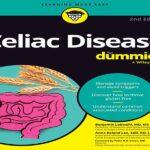







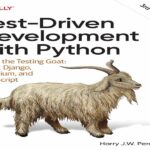

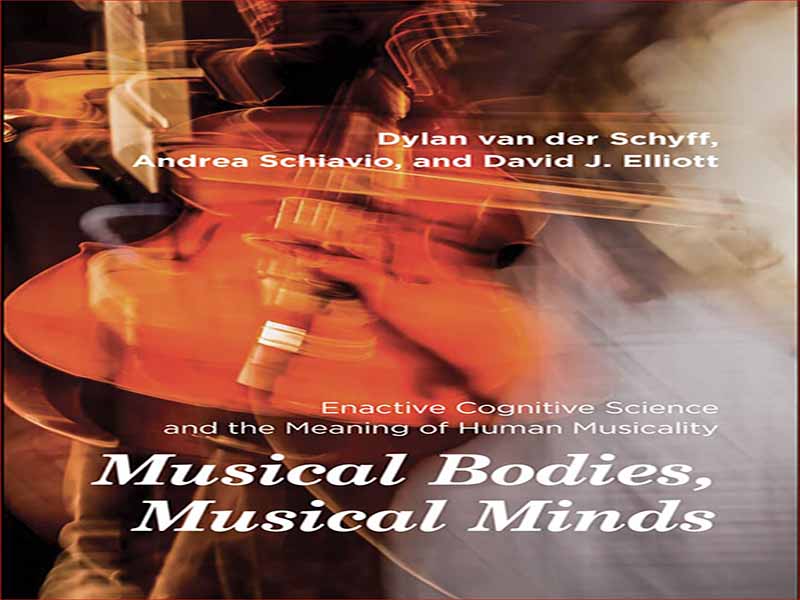





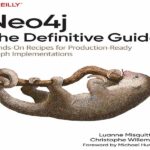

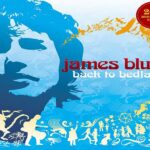
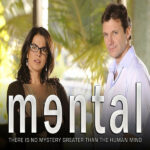

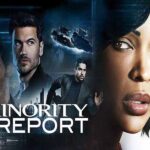
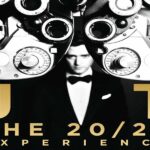






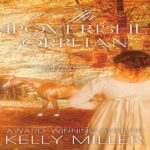




نظرات کاربران